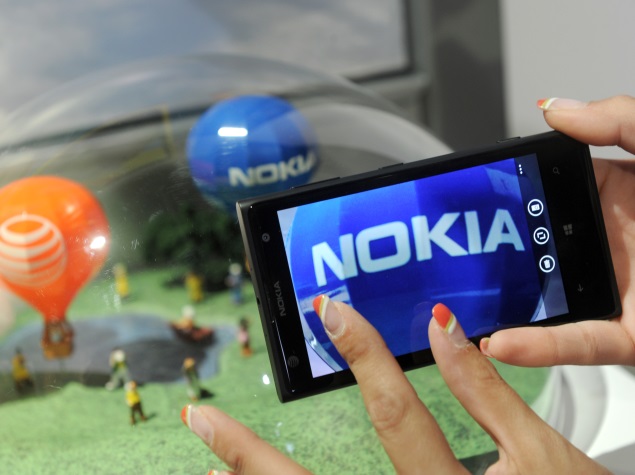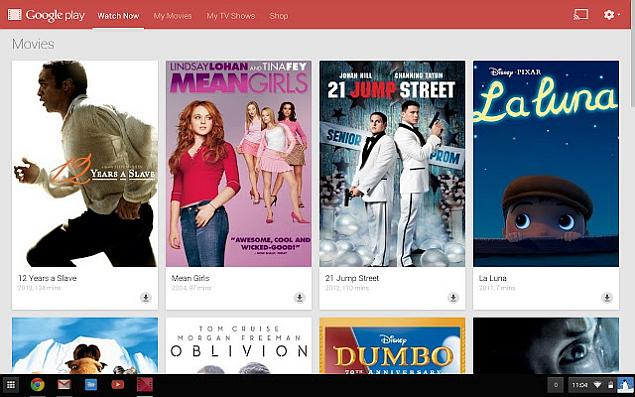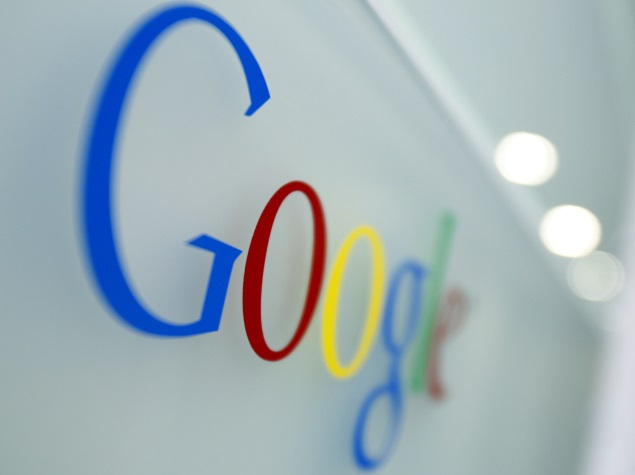10 changes Twitter needs to make right now to stop abuse
Harassment is all too common on Twitter. We have a few ideas the network can use to become a safer space.
Twitter has an abuse problem.
Women who deal with harassment every day on the network have known this
for years, but now Twitter is finally changing its policies to deal
with attackers.
While the platform hasn't yet revealed its changes, Del Harvey, head of Twitter's Trust and Safety Team, told the Associated Press
that the network has "suspended a number of accounts related to this
issue for violating our rules, and we are in the process of evaluating
how we can further improve our policies to better handle tragic
situations like this one.""This includes expanding our policies regarding self-harm and private information, and improving support for family members of deceased users," she continued.
While Twitter rethinks its approach to abuse, we have a few ideas that would make the network a safer space.
Make policies clear
Define abuse: Twitter's definition of abuse is vague and doesn't specify what kinds of behavior the network will and won't allow. The only thing we know for certain is that if I make physical threats or post from multiple accounts, then Twitter considers it abusive. Everything short of that is in this nebulous gray area.
Make the abuse policy easier to find:Yeah, we know that you can report abuse directly from a tweet, but we had trouble even finding Twitter's policy. You've got to click on the Help link--which is not exactly prominent--then scroll down to Safety & Security and click on the abuse link. That's a lot of searching, and it suggests Twitter would rather keep this all on the down-low instead of dealing with it forcefully and publicly.
Treat users with respect: Twitter comes off as condescending in its abuse policy wording. "Abusive users often lose interest once they realize that you will not respond," the company's policy reads. "If the user in question is a friend, try addressing the issue offline. If you have had a misunderstanding, it may be possible to clear the matter up face to face or with the help of a trusted individual." That completely unhelpful advice makes it seem like Twitter would rather not deal with your problems.
Specify penalties: Twitter has a funny way of punishing bullies, at least according to its vague policy: "User abuse and technical abuse are not tolerated on Twitter.com, and may result in permanent suspension." The word "may" is an easy way out. Twitter needs to be clear what actions it will take in what instances.
Streamline the process
Make reporting abuse easier: Last summer, Twitter rolled out an in-tweet reporting button so you can skip the tedious form and report harassment within the app. But that button still forces people to interact with their abusers and view the offending tweets.
Encourage third-party reports: Twitter doesn't like when you report abuse you see but aren't the direct victim of: "We are unable to respond to requests from uninvolved parties regarding those issues, to mitigate the likelihood of false or unauthorized reports. If you are not an authorized representative but you are in contact with the individual, encourage the individual to file a report through our forms." But if Zelda Williams's followers reported her bullies en masse, that could help Twitter's safety team move faster to solve the problem.
Respond faster: Twitter reportedly moves slowly when responding to abuse reports, especially when you're not a celebrity. The network should staff up and stay on top of harassment charges to keep bullies from gaining the upper hand.
Empower users with better tools
Allow IP blocking: People subject to repeated harassment from multiple accounts should have the option of blocking not just the accounts doing the harassing now, but new accounts created from the same IP address. It's too easy for a troll to keep coming back with new accounts.
Beef up user authentication: It's too easy to set up fake accounts on Twitter. One of our staffers has three accounts, and while he's not a bully, an attacker could take advantage of--oh, and they do--Twitter's lack of verification and keep the abuse coming. If you tweet abuse from one account, all of your accounts should be booted.
Disable in-line images on the Web: In Zelda Williams's case, harassers were tweeting her horrible doctored images, which are easy enough to disable in Twitter's mobile apps but impossible to get rid of on Twitter.com. Twitter needs to add that option so users aren't forced to stare at disturbing photos.





.png)



















 A small example of some Swift source code
A small example of some Swift source code


